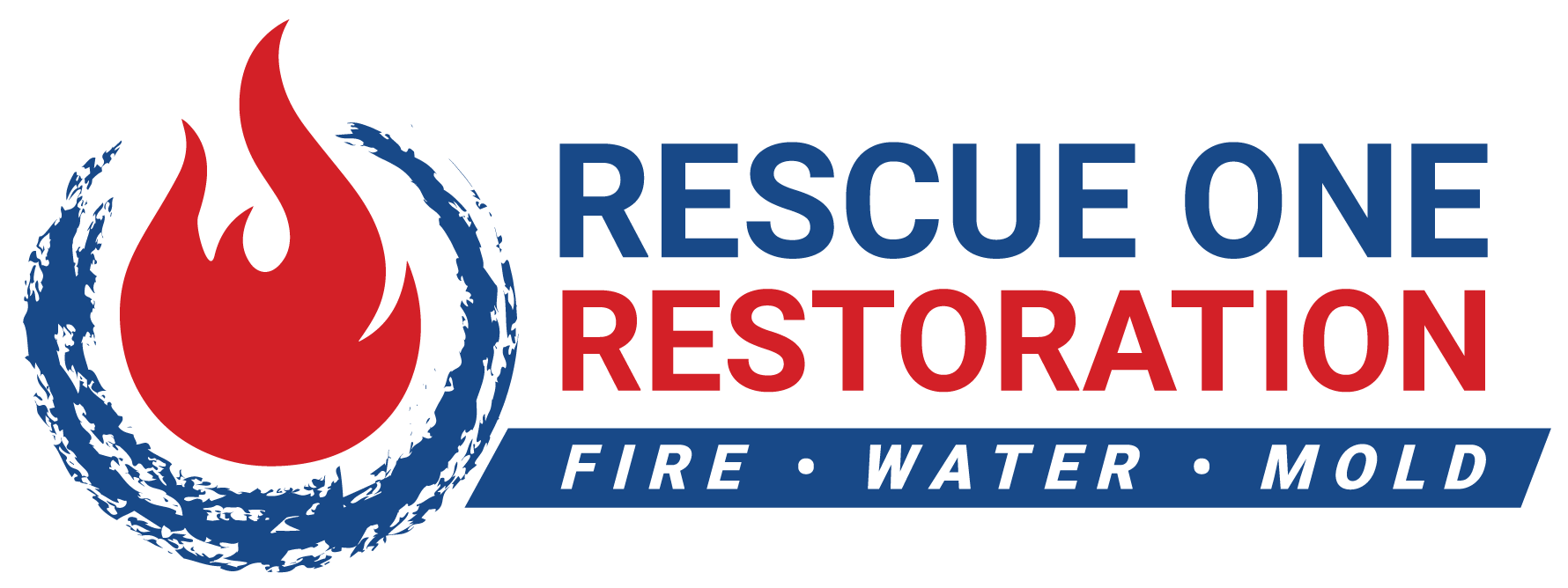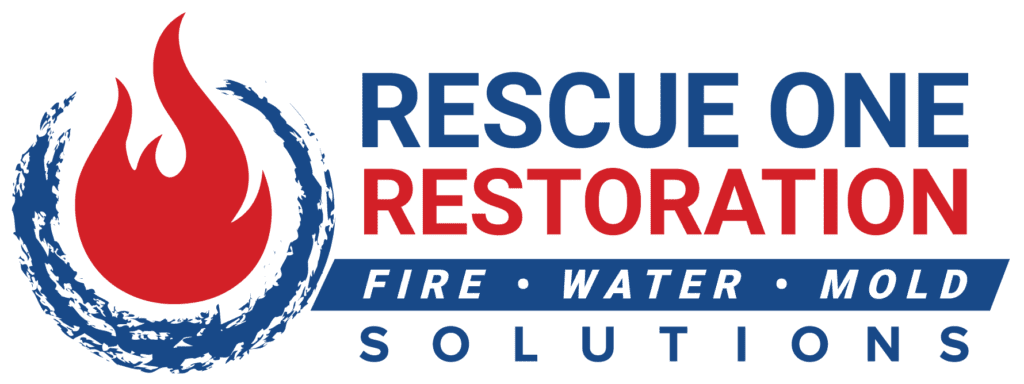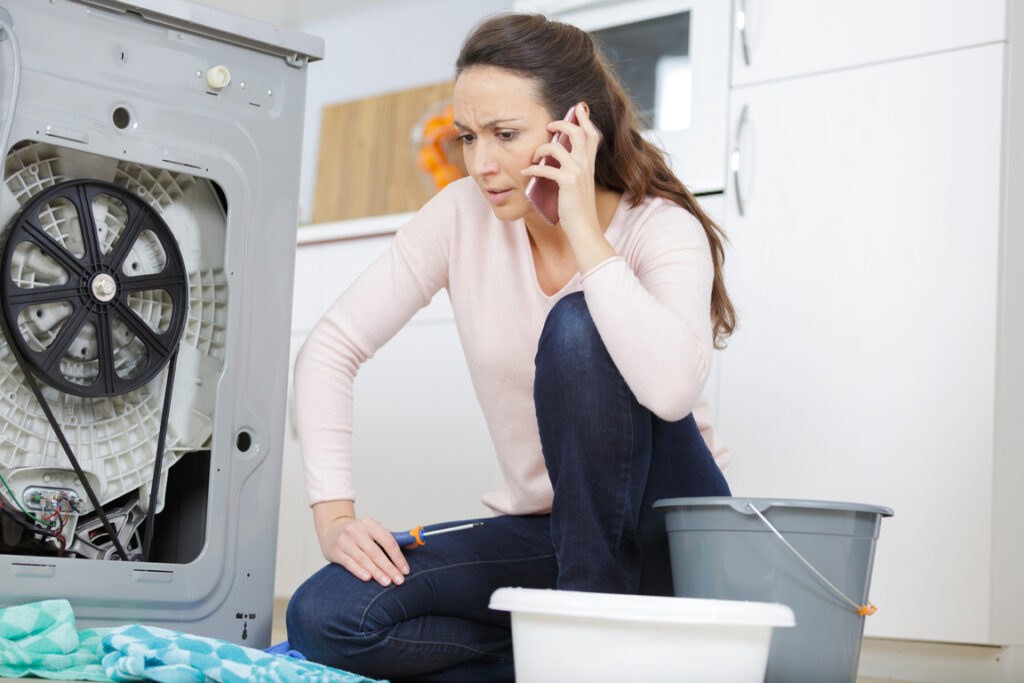
There are few things more frustrating to a homeowner than discovering water damage in their property. Aside from being another thing to cross off from an endless list of things to do, it may be quite expensive to repair depending on the extent and location of the damage. However, it is strongly advised to be repaired as quickly as possible to avoid further deterioration. It’s also possible for mold to grow in any location that isn’t properly treated for excessive moisture levels.
To make matters worse, water damage is typically concealed from view, hidden behind walls or beneath the floor. This may lead to a delay in detection, and structural damage may have already occurred. In this article, we’ll give you a rundown of places to check for water damage in your home.
Windows
Water seeps in through windows quite frequently. This is because rainwater can readily leak through and get into your home. Cracks or deterioration in the walls underneath the windows may also occur as time passes. As a result, it’s important to look for damage in these areas. It’s also a good idea to look over the wood to see any wear and tear due to water.
Sidings
Water leaks in siding are most commonly found near windows, where the siding meets the trim, anywhere two siding panels come together and around the corners of the house. The plywood sheathing below the siding can deteriorate due to the water that enters through the crevices in these areas. So long as the siding is not changed, the damage may go unnoticed.
Frames Of External Doors and Windows
Moisture buildup on the exterior of your home is a significant risk. Typically, the dew and rain deteriorate the finish on wooden windows and doors. Even treated wood, which is commonly used for this purpose, would eventually expand and crack when subjected to moisture regularly. Damage may go undiscovered until the threshold begins to come loose because it is no longer supported by the deteriorating wood underneath. Even though the damage will take time to repair, you’ll save money by getting it done sooner rather than later.
Bathrooms
It’s not uncommon for water damage to find its way into this area. Eventually, the wall will deteriorate because of the constant presence of moisture. For instance, enclosed conditions cause steam to build up during a hot shower. With nowhere to go, condensation builds upon the wall, leading to mold growth. At first glance, the mold is invisible to the unaided eye. As time passes, it begins to change color, allowing you to see it clearly between the tiling.
Toilets
Water passes through toilets the most frequently. Overflowing toilets can flood the floor with bacteria-infected water, which might seep into rugs and the walls surrounding it. In such cases, shut off the main water valve and check the storage tank. Consulting a plumber may be necessary if the issue is serious enough. Cleaning up the sewage may also be required in extreme circumstances to ensure the area is properly disinfected.
Below The Sink
Imperceptible drips in water lines or drainpipes under sinks in the bathroom or kitchen might lead to musty odors before you realize there is a problem. Mold thrives in the damp, dark space under a sink because of the ideal conditions for its growth. Make sure there isn’t a gradual trickle allowing mold to develop by checking under sinks frequently.
Underneath Water Heaters
Water heating systems, especially older ones, frequently have leaks. Leaks or ruptures have caused approximately 70% of all water heater malfunctions. In some cases, you may experience a tiny spill or even a little flooding if the tank is big enough. To avoid mold growth, contact a water damage restoration company and a plumber right away to fix the water heater and surrounding materials.
Related Article: Water Heater Leaking?
Below The Dishwasher
Water supply lines and drainpipes can leak, allowing water to flow out of a dishwasher’s tub and onto the surrounding environment. However, since you can’t see underneath the dishwasher, a long-term leak might cause significant deterioration to the subfloor. Even if you don’t see any damage, you may be surprised when you go to change the dishwasher and find that you need to rebuild your floor too.
Rain Gutters
In addition to internal problems like leaky pipes and overflowing sinks, external issues like clogged rain gutters also need to be addressed. The gutters should be cleared of debris every spring and fall so that water can easily flow away from foundations. If you don’t clean out your drains, leaves, and other detritus will clog them, causing water to go over the downspouts and into your foundations, causing a horrible flood.
Around Window Air Conditioners
Moisture is extracted from the air using a tube attached to the air conditioners. Water leaks might occur if there is an obstruction or damage to these tubes. As a result, this might damage the walls around it. If the window is made of wood, this can also deteriorate.
Around The Washing Machine
Washing machines have separate valves for cold and hot water. These are hidden below the washing machine, so they can’t be seen from the outside. If you don’t keep an eye out for any leaks, you run the risk of damaging the wall and encouraging mold development and proliferation.
Near The Refrigerator And Freezer
When it comes to water damage, these appliances often go unnoticed. Nevertheless, if the water connection from the ice machine is leaking, this might be a major issue. If you have reason to believe there is a leak, check for any water damage by unplugging the refrigerator and inspecting the wall behind it. Even a tiny hole could be leaking water. If they are made of plastic, copper pipes should be used in their place.
Air Ducts
Discovering dampness or mold in air ducts might be one of the most difficult situations for a homeowner. In addition to being difficult to access, these locations allow spores other pathogens to readily spread throughout the property. Condensation on the air registers is a good indicator of water damage in your air vents.
Water Pipes
Pipe leaks are a common source of water damage. Worst of all, because most pipes are concealed, water damage often goes undetected until it has permeated the structural components and become apparent through the surfaces of the floors and walls. To avoid pipe leaks, you should address old pipes that need replacement. A professional should inspect the lines every few months to ensure they are not leaking.
The Bottomline
Keeping an eye out for water damage in usual problem areas is a fantastic way to avoid disaster quickly and fix leaks. We’ve shared the Hawaii home water damage prevention checklist in this article. With this list of water damage-prone areas, problems can be detected early on.
However, it’s impossible to stop all water damage simply because of so many sources and how quickly it spreads. If you discover any damage, you should get the assistance of a trustworthy and highly professional water damage restoration company like Rescue One Restoration.
We can get the task done quickly and assist you in taking the essential measures to minimize the damage. Give us a call today at 808-745-1608. We’re ready to help you 24/7!
Learn more about home water damage restoration services and how Rescue One Restoration can serve you here.
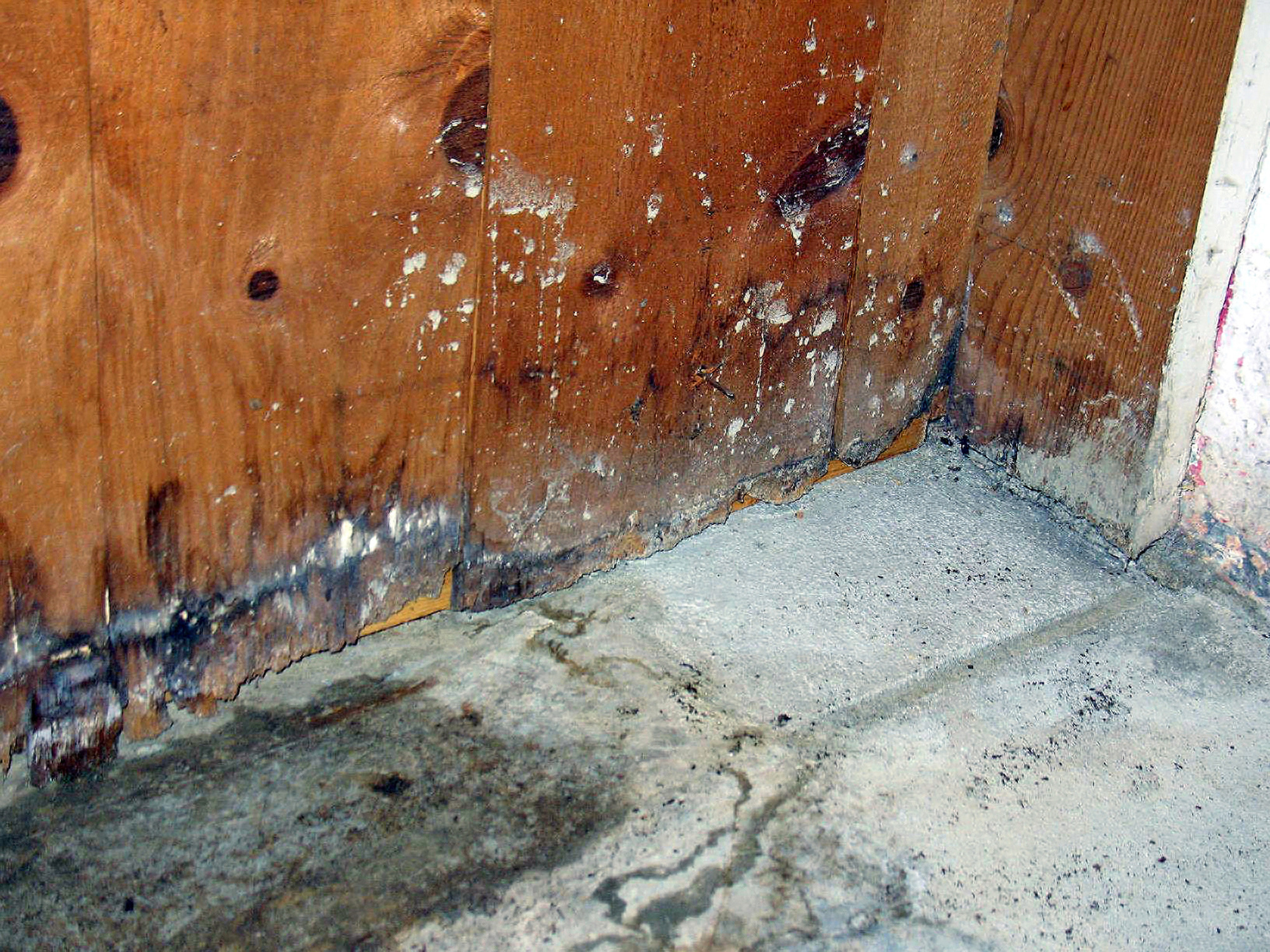
The Hidden Dangers Of Home Water Damage: Why Immediate Restoration Matters Water damage in your home can be very dangerous. What seems like a minor issue at first glance can lead to significant long-term consequences. Left untreated, water damage can cause severe problems, from potential structural issues to the growth

Understanding Insurance Coverage For Damage Restoration In Hawaii With its stunning natural beauty and idyllic climate, living in Hawaii can feel like a dream come true. However, the state’s unique geographical challenges, including its vulnerability to natural disasters like hurricanes, volcanic eruptions, and flooding, can turn that dream into a
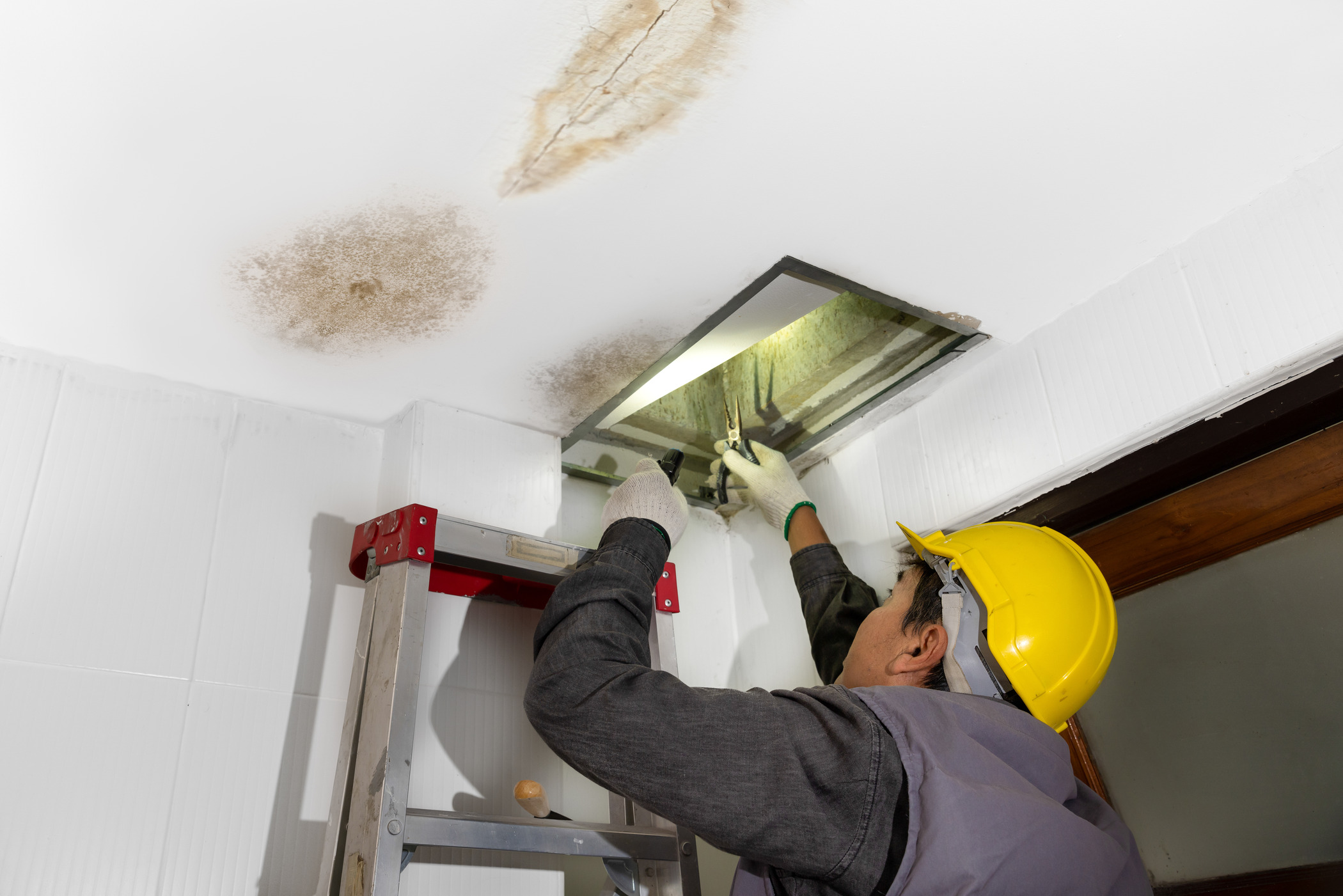
The Ultimate Guide To Water Damage Restoration In Hawaii: What You Need To Know Water damage is a common issue faced by homeowners and businesses alike, especially in a place like Hawaii, where tropical storms and hurricanes can wreak havoc. When faced with water damage, it’s crucial to act swiftly
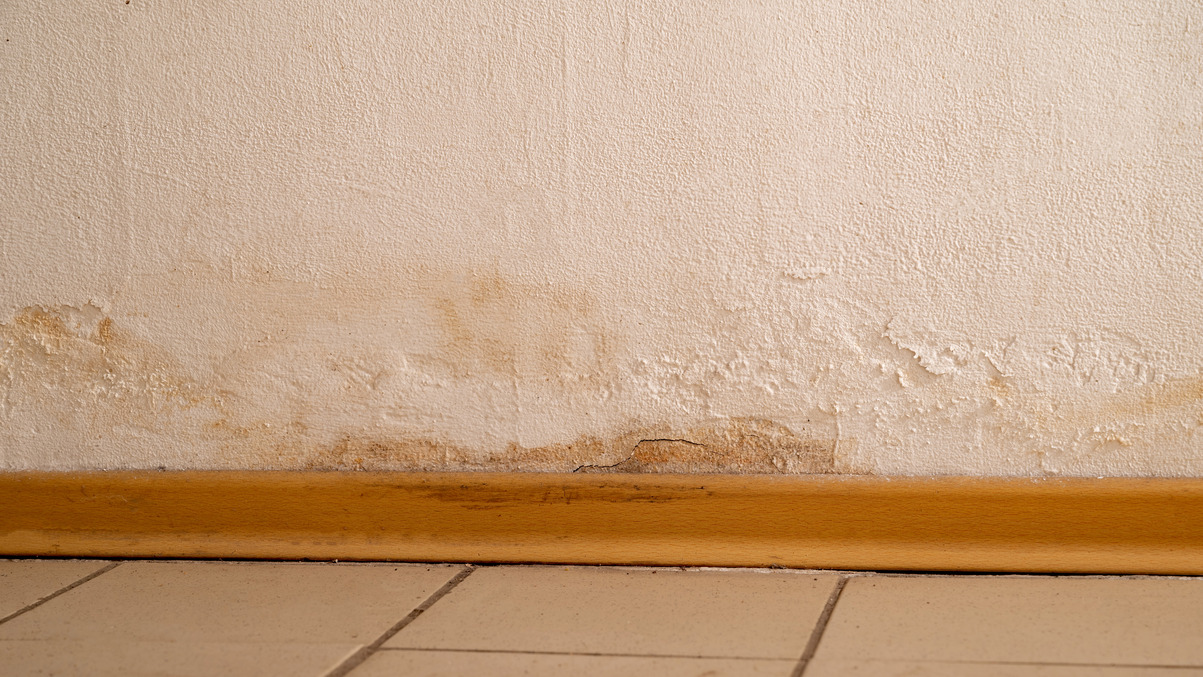
Many homeowners aren’t sure if they need to replace their drywall after water damage. Even a tiny amount of water can cause significant problems for your drywall, and if not fixed quickly, the damage can worsen over time. We’re here to help you answer the question: does wet drywall always
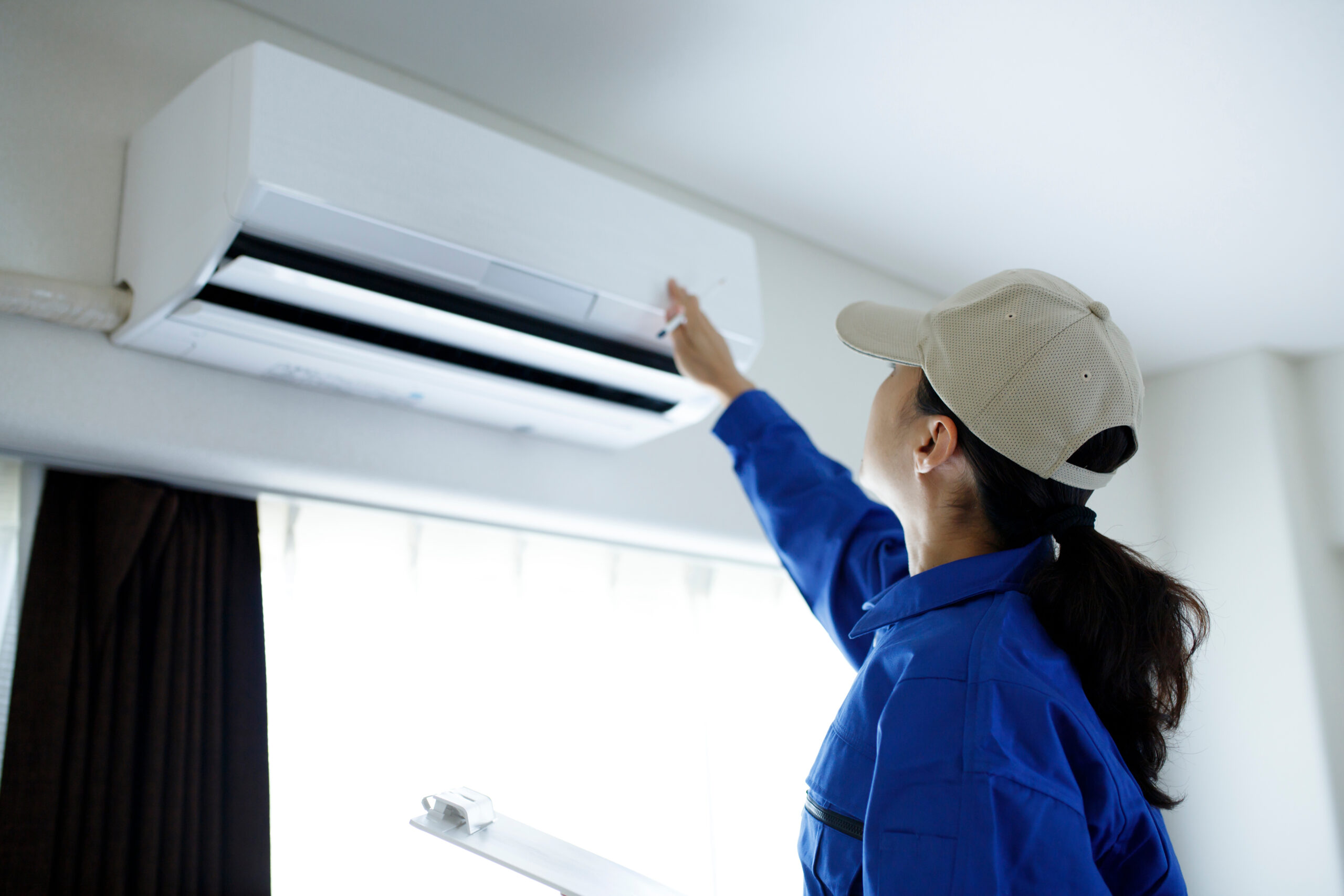
Mold can grow on nearly any surface around your home. In particular, mold thrives on surfaces that are damp, cold, or both. This means many of your household appliances can be potential breeding grounds for mold and mildew growth. It is also important to conduct regular checks and cleaning to
